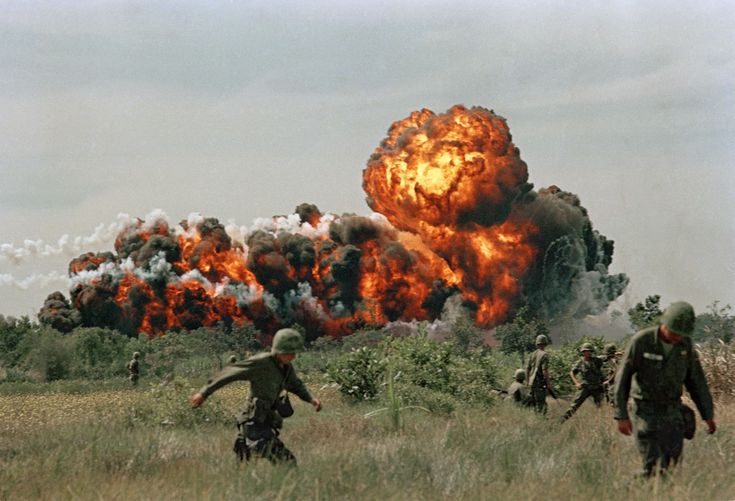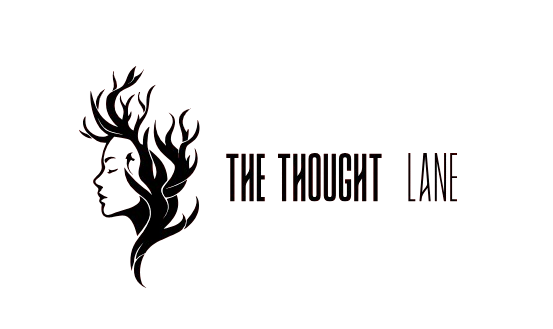The side effects of war on the world extend far beyond the battlefield. While conflicts are often fought for power, territory, or ideology, their aftermath leaves a trail of destruction that reshapes global landscapes. From economic turmoil and political instability to environmental degradation and humanitarian crises, wars alter the course of human history. This article takes a comprehensive look at how war inflicts long-term damage across continents, economies, societies, and ecosystems.
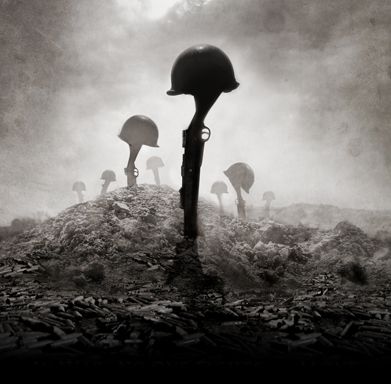
Economic Side Effects of War on the World
Destruction of Infrastructure
War leads to widespread destruction of essential infrastructure such as roads, bridges, schools, and hospitals. These vital structures are often targets during conflict, crippling a country’s development. For example, in Syria and Iraq, years of warfare decimated urban centers, setting development back by decades.
Collapse of Local Economies
One of the most severe side effects of war on the world is economic collapse in war zones. Local businesses are destroyed, unemployment skyrockets, and financial systems often crumble. Investors flee war-torn regions, and international sanctions worsen the economic fallout.
Global Economic Ripple Effect
Even countries not directly involved in wars feel the impact. Oil prices surge, trade routes are disrupted, and global markets become volatile. The Russia-Ukraine conflict in 2022, for instance, led to increased energy prices and food insecurity across Europe and Africa.
Political Side Effects of War on the World
Destabilization of Governments
Wars often topple governments or leave them weakened. In their place, power vacuums emerge, often filled by militant groups or warlords. Libya post-Gaddafi is a stark example of how war leads to enduring political instability.
Rise of Authoritarianism
Another worrying trend among the side effects of war on the world is the rise of authoritarian regimes. Leaders use wartime emergencies to suppress dissent, limit freedoms, and extend their control under the guise of national security.
Global Tensions and New Alliances
Wars reshape global diplomacy. Alliances shift, enemies become friends, and neutral states are pulled into conflict. World War II birthed the United Nations, but also triggered the Cold War, illustrating how deeply wars can influence international relations.
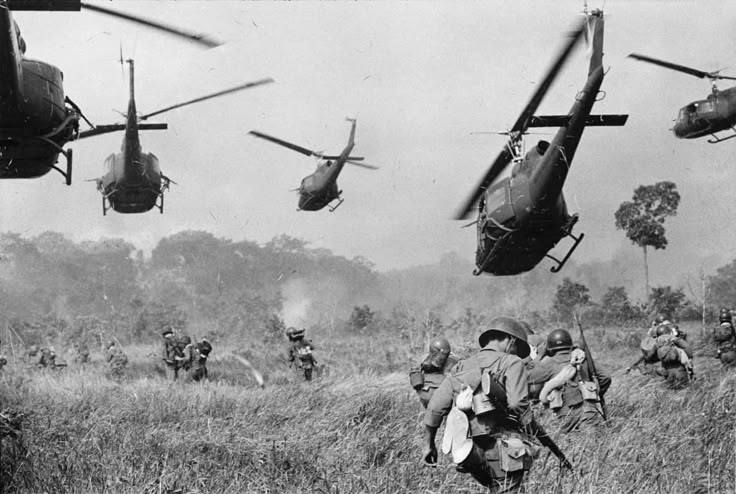
Humanitarian Side Effects of War on the World
Refugee Crises
Millions of people are forced to flee their homes during war. The side effects of war on the world include massive refugee movements that strain resources in host countries. The Syrian civil war displaced over 13 million people, leading to one of the largest refugee crises in modern history.
Civilian Casualties and Trauma
Civilians often suffer the most. Airstrikes, bombings, and landmines don’t discriminate. Beyond physical injuries, wars leave behind generations of people with psychological trauma—particularly children who grow up amidst violence.
Breakdown of Social Systems
Schools shut down, health services become inaccessible, and justice systems collapse. When these pillars of society crumble, the effects linger long after the guns fall silent.
Environmental Side Effects of War on the World
Ecosystem Destruction
The side effects of war on the world also include severe ecological consequences. Explosions, deforestation, and the use of chemical weapons harm biodiversity. Vietnam’s forests were decimated by Agent Orange, the effects of which are still felt today.
Pollution and Waste
War leaves behind not only unexploded ordnance but also hazardous waste. Fuel spills, toxic remnants, and abandoned machinery poison land and water, affecting generations to come.
Climate Change Acceleration
Military operations consume vast amounts of fossil fuels. The U.S. military alone is one of the world’s largest institutional polluters. These activities exacerbate global warming, a side effect often overlooked.
Technological Side Effects of War on the World
Accelerated Innovation
Ironically, war often accelerates technological advancement. World War II gave rise to radar, jet engines, and even the computer. The Cold War led to the space race. However, this innovation comes at a cost: militarization of technology.

Weaponization of Artificial Intelligence
Modern warfare is increasingly digital. Drones, surveillance systems, and AI-powered weapons change the rules of engagement. The side effects of war on the world now include the potential misuse of AI in civilian settings, raising ethical and legal concerns.
Cultural Side Effects of War on the World
Loss of Cultural Heritage
Museums, mosques, temples, and ancient cities are often destroyed. The looting of Iraq’s National Museum and the razing of Palmyra in Syria are reminders of how war erases history and identity.
Suppression of Art and Media
Wartime governments frequently suppress cultural expression. Artists, journalists, and thinkers are censored, imprisoned, or even killed, silencing dissent and creativity in society.
Social Side Effects of War on the World
Rise in Crime and Violence
The breakdown of law and order during wars often leads to increased crime. Arms flow freely, warlords rule cities, and organized crime thrives. This social decay doesn’t vanish post-conflict—it lingers, corrupting peace-time society.
Generational Trauma
War trauma isn’t limited to direct survivors. Children of war survivors often inherit psychological stress. PTSD, depression, and anxiety ripple through generations, forming invisible but potent scars.
Educational Side Effects of War on the World
Disruption of Learning
Schools are bombed or repurposed for military use. Teachers flee. Students are displaced. As a result, millions of children grow up without education, perpetuating cycles of poverty and violence.
Brain Drain
Educated professionals often leave war zones permanently. Doctors, engineers, and academics seek safety and better opportunities abroad. This leads to a long-term talent vacuum in war-affected regions.
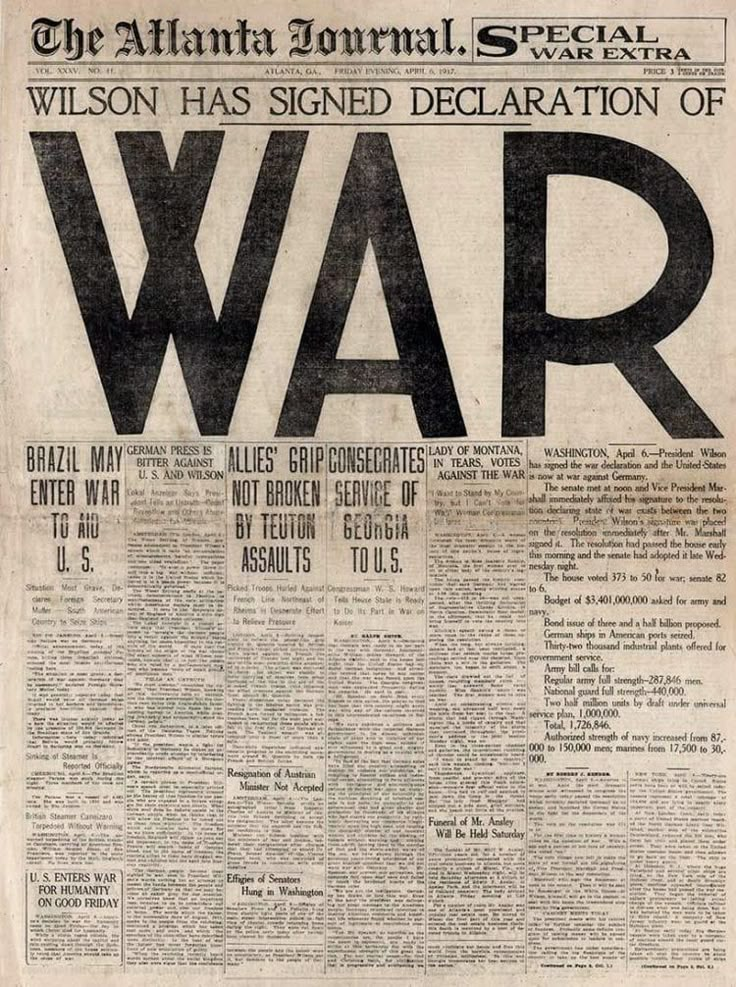
Health Side Effects of War on the World
Spread of Diseases
Refugee camps and war-torn cities become breeding grounds for disease due to poor sanitation and lack of healthcare. Cholera, tuberculosis, and now COVID-19 have all wreaked havoc in conflict zones.
Mental Health Crisis
Mental health issues are among the most persistent side effects of war on the world. Anxiety, depression, PTSD, and substance abuse skyrocket in affected populations—often with minimal treatment options.
Psychological Side Effects of War on the World
Loss of Hope and Identity
When entire cities are reduced to rubble and loved ones lost, a sense of hopelessness takes over. War strips people of identity, purpose, and belonging—leading to long-term psychological damage.
Normalization of Violence
In prolonged conflicts, violence becomes normalized. Children grow up thinking it’s normal to hear bombs or carry guns. This normalization extends to future generations, breeding instability.
Diplomatic Side Effects of War on the World
Breakdown of Multilateral Institutions
When powerful nations engage in or support wars, international institutions often fail to act decisively. The UN, NATO, and ICC have all faced criticism for inaction, making diplomacy appear weak or irrelevant.
Rise in Global Distrust
Global conflicts lead to increased suspicion among nations. Cyber espionage, election interference, and propaganda become tools of warfare, eroding diplomatic trust.
Long-Term Side Effects of War on the World
Rebuilding Takes Decades
While war may last years, rebuilding takes much longer. Cities like Grozny and Mosul are still recovering. Infrastructure, education, and civil society take decades to recover—if ever.
Generational Impact
Children who experience war grow up to be adults with unique worldviews shaped by violence. Their decisions—as voters, leaders, and parents—are influenced by those early traumatic experiences.
Moral and Ethical Side Effects of War on the World
Dehumanization
One of the most dangerous side effects of war on the world is the dehumanization of the “enemy.” This psychological tactic enables mass killings and war crimes, eroding our collective morality.
Loss of Humanity
Every war challenges our sense of right and wrong. From the Holocaust to Hiroshima, each act of war reminds us how easily ethics are abandoned in pursuit of power or revenge.
How the World Can Respond to War
Strengthening Global Institutions
To combat the side effects of war on the world, international institutions must be empowered to prevent and resolve conflicts quickly and effectively.
Promoting Peace Education
Instilling values of peace, tolerance, and cooperation from a young age can help prevent future wars. Education remains the strongest tool against ignorance and hate.
Supporting Post-War Recovery
Global efforts must focus not only on conflict resolution but also on rebuilding. Economic aid, trauma counseling, and educational programs are essential for recovery.
Conclusion: A Call to Peace
The side effects of war on the world are devastating, far-reaching, and often irreversible. From shattering economies and political systems to destroying environments and human lives, war leaves behind more than just physical rubble—it reshapes societies and futures. As global citizens, understanding these consequences is crucial. Only through awareness, empathy, and proactive peace-building can we hope to minimize the lasting damage of war and build a world where peace is not just a dream, but a shared reality. https://www.dawn.com/news/1917326
